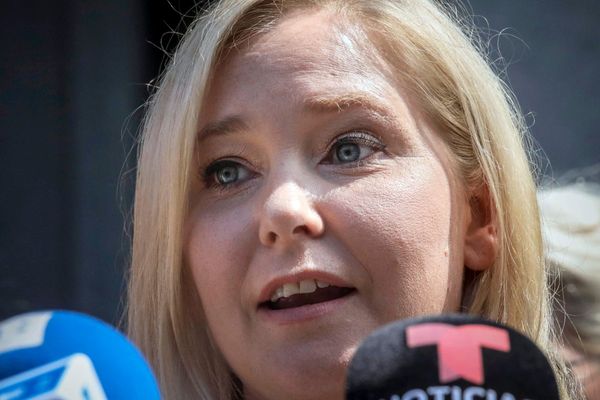
A surprisingly robust labour market in November, including more than 50,000 additional full-time jobs, has set back hopes of an early move by the Reserve Bank to cut interest rates. Stocks sank and the dollar rose on the news.
The jobless rate last month dropped to 3.9%, the Australian Bureau of Statistics reported on Thursday. Economists had forecast the rate would rise to 4.2% from October’s 4.1% level.
The economy added a net 35,600 positions in November, including 52,600 full-time positions. Economists had expected payrolls would swell by a net 25,000, extending the run of job gains for every month so far in 2024 bar March.
The investment house VanEck said the “labour market seemingly defies gravity”. The drop in the jobless rate after a three-month plateau “significantly [reduces] the chance of an RBA rate cut any time soon”, said Russel Chesler, the firm’s head of investments and capital markets.
“The RBA is expecting the labour market to loosen quite a bit more as we hit the home stretch of the current tightening cycle, with the quarterly unemployment rate increasing by 40 basis points to 4.5% and remaining there until the end of 2026,” Chesler said.
The central bank’s latest quarterly forecasts, released last month, had the unemployment rate ending 2024 at 4.3%, an unlikely result without a lot of job shedding in December.
The market numbers deflated some expectations the Reserve Bank would start cutting its key interest rate early in 2025 to ensure the economy does not slow further. September quarter GDP was up 0.8% from a year earlier, the worst result outside the Covid disruption era since the early 1990s.
On Tuesday the RBA capped a calendar year of leaving interest rates unchanged but said it was “gaining some confidence that inflation is moving sustainably towards target”.
Before Thursday’s jobs figures, investors were betting there was more than a three-in-four chance the central bank would cut its cash rate when its board next meets on 17-18 February. A rate reduction was fully priced in for the board’s following two-day meeting that will conclude 1 April, according to the ASX’s rates tracker.
Stocks, which had been 0.3% higher for the day, shed all their gains and then some. Higher interest rates squeeze forecast profits. The Australian dollar gained more than a quarter of a US cent to climb above 64 US cents.
A Deloitte report out on Thursday found that chief financial officers were gaining confidence about the state of the economy. Among the economic risks cited, one of their highest concerns was “securing and retaining key talent”.
The participation rate, a gauge that tracks the share of working-age people in the labour market, eased back to 67% in November. It has been hovering near a record of 67.2% for much of 2024.
Paula Gadsby, an EY senior economist, said the latest data pointed to a “remarkably resilient and tight jobs market”.
“Even though there have been some signs of a gradual slowing in economic activity, the demand for workers remains strong – particularly in the non-market sectors such as healthcare and education,” Gadsby said.
“[O]ur view is that the Reserve Bank will need to keep rates on hold through the first quarter of next year, and possibly later.”
David Bassanese, the chief economist at Betashares, said the “blockbuster” November jobs figures pushed back the likelihood of a February RBA rate cut, perhaps to May.
The result “continues to highlight the unusual divergence between weak GDP growth on the one hand and continued solid employment growth”, he said, noting annual employment growth at 2.4% was triple the September quarter’s GDP expansion pace.
“The bottom line is that the December quarter CPI report in late January will now need to be very low for the RBA to consider a rate cut as early as February,” Bassanese said.







